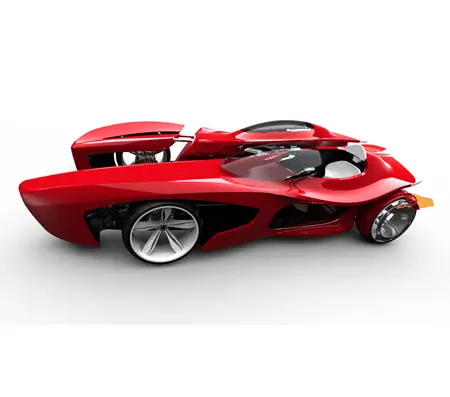Can your dishwasher be truly smart and know the cheapest time to wash that load of dishes?
GE says it can, and recently held a luncheon at the KBIS (Kitchen & bath Industry Show) called “From DC to Your Home: A Smart Home Response to Washington’s Energy Agenda,” explaining the company’s vision for smart grid features in the home.
GE is developing what it says are “smart” appliances that can communicate with two-way smart meters so energy-hungry appliances know the less expensive times to operate. The company says it is in limited production on some smart appliances, such as its smart water heater that’s already shipping with a smart connection. GE says this can shift the temperature of the water heater a bit to reduce demand from an electric utility. In addition, GE envisions a refrigerator that can shift its defrost cycle and a dishwasher that makes decisions on the cheapest times to do dishes.
Some planned features of a smart grid is time of use pricing and demand response, or demand-side management. Time of use, or variable rate pricing, prices electricity higher during peak-load periods, like 3 p.m. to 8 p.m., to encourage consumers to do energy-intensive functions like clothes and dish washing at non-peak, less expensive times. Demand response, on the other hand, will be voluntary programs that consumers sign up for, allowing the utility to turn down an air conditioner or water heater other appliance during peak load periods to avoid brownouts and such.
“We believe there are opportunities for coming up with flexible [utility] loads, and we think our appliances can help offset some of those loads,” says Mike Beyerle, a marketing manager at GE.
Between demand response and energy efficiency, we can reduce 40 percent of the growth in summer peak load by 2030,” Beyerle says. He adds that for every 15,000 homes, about $15 million will be saved annually—the carbon dioxide equivalent of taking 9,000 cars off the road.
“If people do not use a smart appliance, the smart grid will be useless,” Beyerle concludes.
I’m not sure if I would go that far. Smart appliances can certainly factor in a lot of energy savings through smart grid programs like demand response and time of use pricing. If a dish or clothes washer, for instance, can tell the cheapest times to wash those loads.
And what do we need to do that? Beyerle says we need an open, simple, common standard. That might work. Oh, and he’s also like to see incentives from the government.
“We envision a home area network. We believe there’s an opportunity to build a home area network where your devices all intercommunicate,” he says. “This will provide a continuous stream of information so you can decide whether to wash clothes, [and whether to wash them] in hot or cold water.”
I agree with the need for an intelligent home area network. Something will be needed to sort through the data on real-time pricing from a utility. And it’s not likely to happen just with a connection—wireless or otherwise—between a smart meter and a smart appliance. Having that kind of preference will likely require a processor in the home—one more powerful and flexible than any the utilities plan to deliver—or what’s to come in a “smart” dishwasher.








 ZAP electric cars have just introduced a three-wheel Xebra model which has a solar panel on the roof. But I'm afraid it doesn't provide enough juice to drive the car on its own. It just supplements the batteries. A true solar-powered car is still a mere gleam in the scientists' eyes!
ZAP electric cars have just introduced a three-wheel Xebra model which has a solar panel on the roof. But I'm afraid it doesn't provide enough juice to drive the car on its own. It just supplements the batteries. A true solar-powered car is still a mere gleam in the scientists' eyes! 




















